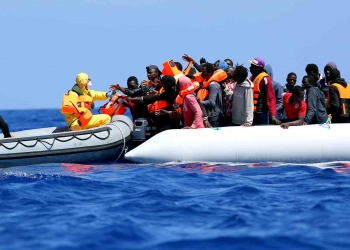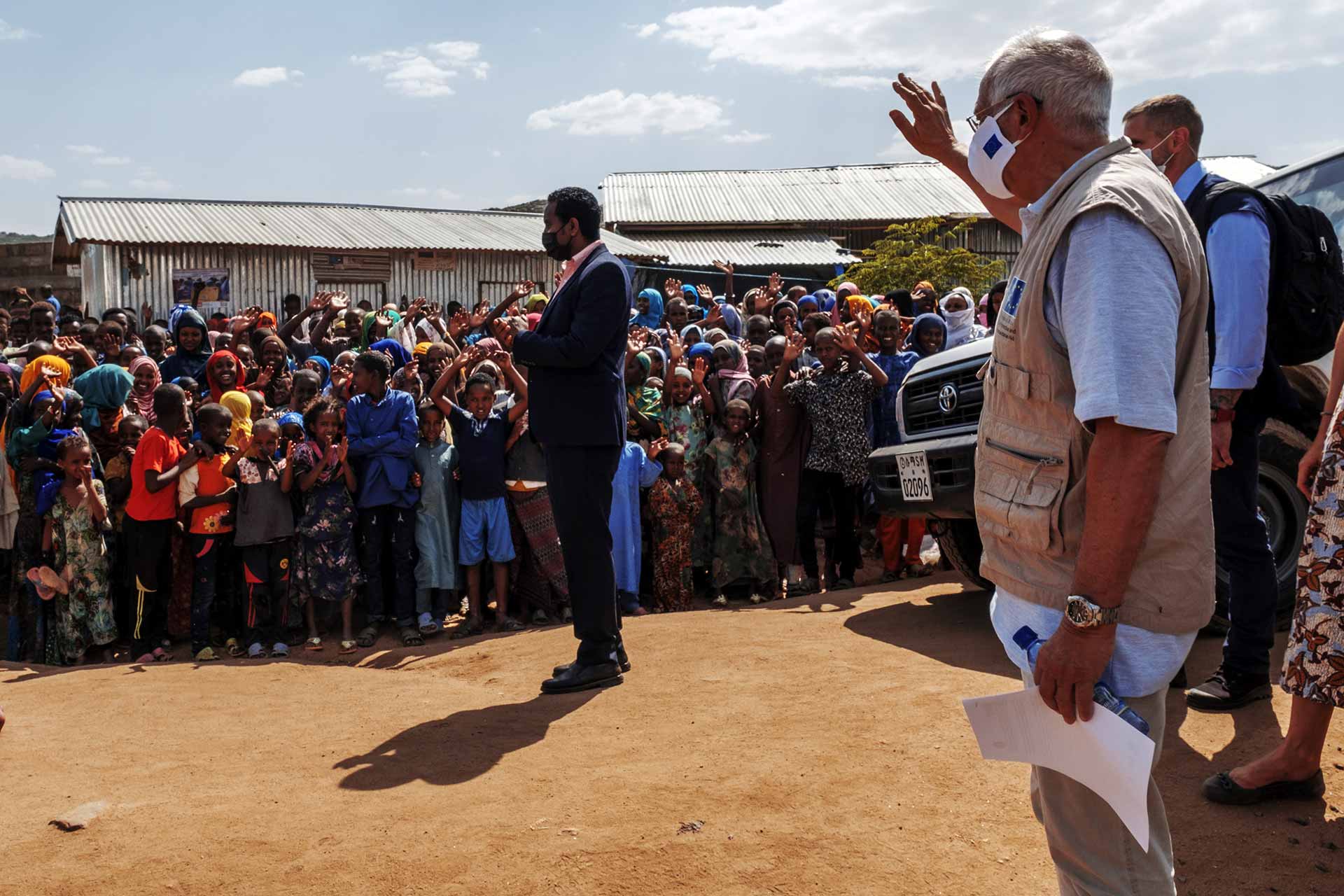The number of people fleeing war, persecution and conflict exceeded 70 million in 2018. This is the highest level that UNHCR has seen in its almost 70 years. UNHCR reports on the state of force displacement. Migration – worldwide displacement tops 70 million, UN Refugee Chief urges greater solidarity in response!
UNHCR, the UN migration refugee agency, works to protect and assist those fleeing war and persecution. Since 1950, UNHCR has helped tens of millions of people find safety and rebuild their lives.
The number of people fleeing war, persecution and conflict exceeded 70 million in 2018. This is the highest level that UNHCR, the UN Refugee Agency, has seen in its almost 70 years.
UNHCR Migration annual Global Trends report
Data from UNHCR’s annual Global Trends report shows that almost 70.8 million people are now forcibly displaced. To put this in perspective, this is double the level of 20 years ago, 2.3 million more than a year ago, and corresponds to a population between that of Thailand and Turkey.
The migration figure of 70.8 million is conservative, in particular as the crisis in Venezuela is still only partly reflected in this number. In all, some 4 million Venezuelans, according to data from governments receiving them, have left their country, making this among the world’s biggest recent displacement crises. Although the majority need international refugee protection, as of today only around half a million have taken the step of formally applying for asylum.
UNHCR’s global trends in forced displacement – 2018 figures
Global Trends
https://www.facebook.com/UNHCR/videos/2312889905595603/
8 refugee facts you need to know
- CHILDREN: In 2018, every second refugee was a child, many (111,000) alone and without their families.
- TODDLERS: Uganda reported 2,800 refugee children aged five or below alone or separated from their families.
- URBAN PHENOMENON: As a refugee, you are more likely to live in a town or city (61 per cent) than in a rural area or camp.
- RICH & POOR: High income countries on average host 2.7 refugees per 1000 of population; Middle and low-income countries on average host 5.8; Poorest countries host a third of all refugees worldwide.
- WHEREABOUTS: About 80 per cent of refugees live in countries neighbouring their countries of origin.
- DURATION: Nearly 4 in every 5 refugees are in displacement situations that have lasted for at least five years. One in 5 have been in displacement situations that have lasted 20 years or more.
- NEW ASYLUM SEEKERS: The greatest number of new asylum applications in 2018 was from Venezuelans (341,800).
- LIKELIHOOD: The proportion of humanity who are refugees, asylum seekers, or internally displaced is now 1 in 108; Ten years ago it was 1 in 160.
Migration three main groups
Within the 70.8 million figure in the Global Trends report are three main groups. The first is refugees, meaning people forced to flee their country because of conflict, war or persecution. In 2018, the number of refugees reached 25.9 million worldwide, 500,000 more than in 2017. Included in this total are 5.5 million Palestine refugees who are under the care of the United Nations Relief and Works Agency.
The second migration group is asylum seekers – people outside their country of origin and receiving international protection, but awaiting the outcome of their claim to refugee status. At the end of 2018 there were 3.5 million asylum seekers globally.
The third and biggest group, at 41.3 million, is people displaced to other areas within their own country, a category commonly referred to as Internally Displaced People or IDPs.
Overall growth in displacement continued to exceed the rate. With migrants, refugees, the best solution is being able to return home voluntarily, in safety and dignity. Other solutions include being integrated into the host community or being resettled to a third country. However, only 92,400 refugees were resettled in 2018, less than 7 per cent of those awaiting resettlement. Some 593,800 refugees were able to return home, while 62,600 became naturalized.














